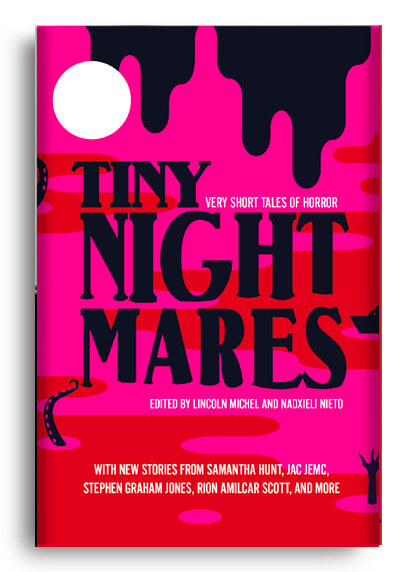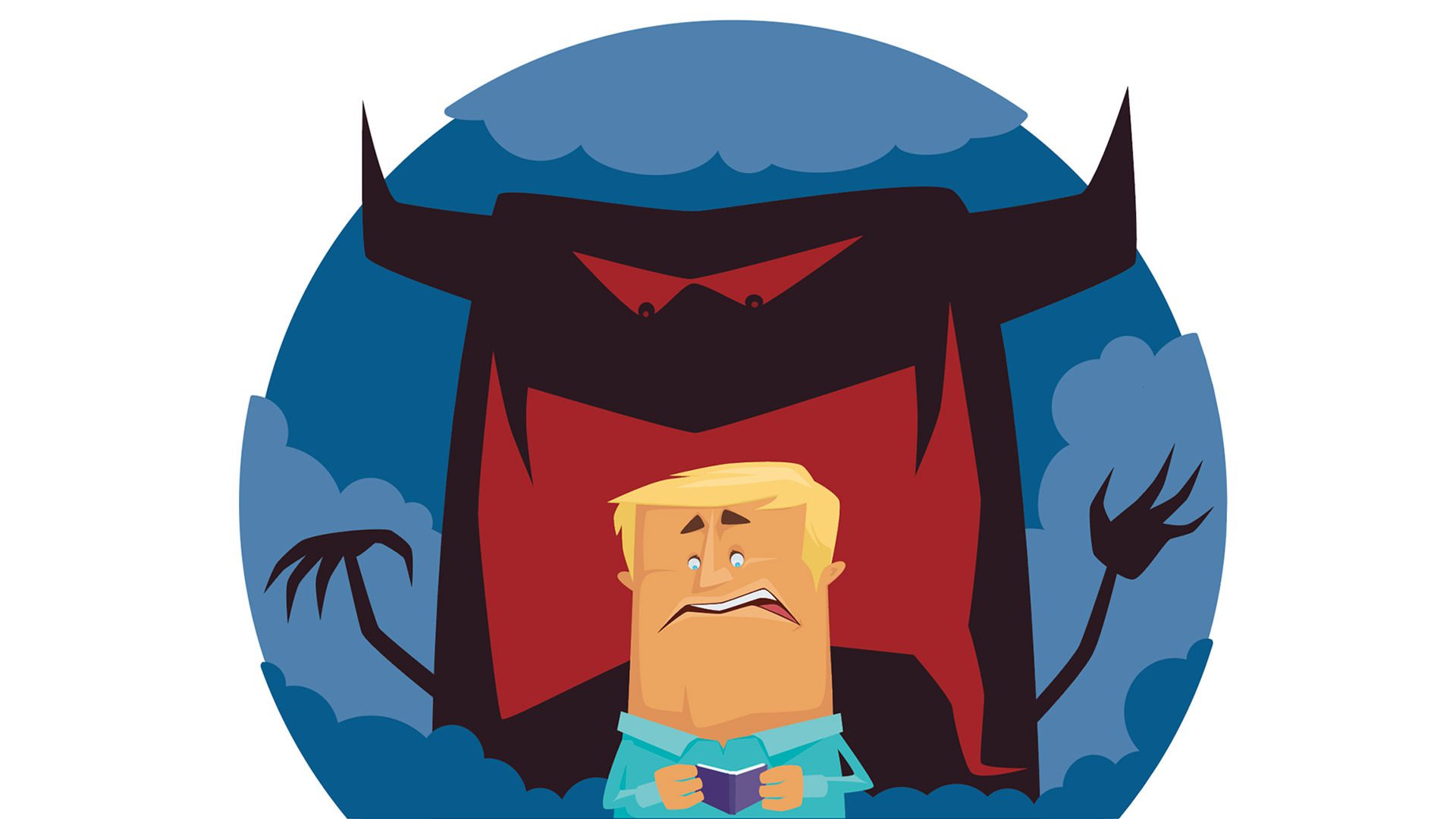- October 29, 2020
- By Annie Krakower
If your schedule (or attention span) can’t quite accommodate a horror movie marathon or a novel-length encounter with Frankenstein’s monster this Halloween, never fear: Mere pages could be all that’s needed to get sufficiently spooked.
 Rion Amilcar Scott, assistant professor of English at the University of Maryland, is one of several writers featured in “Tiny Nightmares: Very Short Stories of Horror,” a new collection of flash-fiction fables that give readers goosebumps in 1,000 words or fewer. Besides telling teeny tales of vampires and witches, the more than 40 stories published this month also weave in real-life horrors, like racism and climate change.
Rion Amilcar Scott, assistant professor of English at the University of Maryland, is one of several writers featured in “Tiny Nightmares: Very Short Stories of Horror,” a new collection of flash-fiction fables that give readers goosebumps in 1,000 words or fewer. Besides telling teeny tales of vampires and witches, the more than 40 stories published this month also weave in real-life horrors, like racism and climate change.
“(Flash fiction is) about trying to fit a full narrative into a tiny space,” Scott said. “I think the brevity of it allows for a real tense space.”
Although the mini-genre has been around since the early 20th century, it really took off as the internet grew—and attention spans shrank. Scott is teaching a class on the slim-story style this semester—“The short length allows me to assign a lot of reading,” he said—after he started creating it himself in 2010, when his first son was born and his free time to write evaporated.
“It was the opportunity to write something, to finish something—write a full narrative within an hour or so,” he said. “I could go back and revise it, but at least it would be done.”
Before “Tiny Nightmares,” Scott had some of his petite plots appear in two other anthologies by the same editors, Lincoln Michel and Nadxieli Nieto: “Gigantic Worlds,” a collection of science flash fiction, and “Tiny Crimes: Very Short Tales of Mystery and Murder.”
His latest nightmarish entry, “Jane Death Theory No. 13,” offers a flash-fiction take on real cases of what have been called “Houdini handcuff suicides,” when people of color who were handcuffed in police custody died of gunshots, with their deaths ruled suicides. Scott’s story is footnoted with its real-life inspirations.
“(‘Tiny Nightmares’) is inevitably diverse, the stories representing a wide range of horror, everything from the speculative to the political, the playful to the eerie to the visceral and terrifying,” a New York Times book review read, noting how the stories “entertain and frighten in the time it takes to boil water for tea.”
Scott, who enjoys embracing spooky stories in a range of literary forms all October long, thinks that quick pace makes flash fiction perfect for a heart-racing Halloween read.
“The endings are somewhat abrupt, but not in a bad way,” he said. “It leaves the story sort of echoing in your head.”
Topics
Arts & Culture